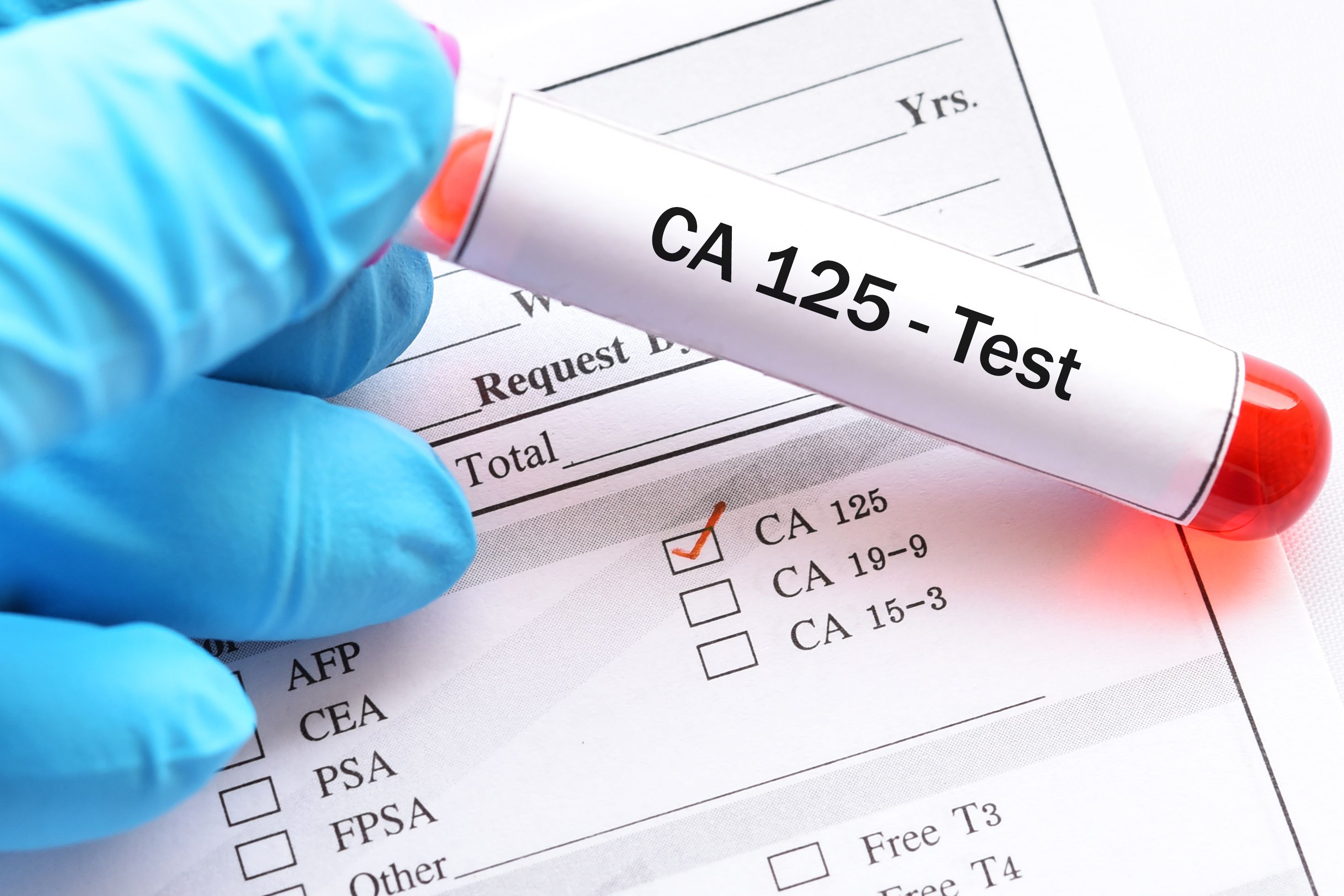News
Article
What We’re Reading: Pneumococcal Disease Plunge; Health Care Spending; Mental Health Treatment Access
Author(s):
The rate of invasive pneumococcal disease in children plummeted by 72% from 2002 to 2021; health care spending in the United States rose 4.1% in 2022 to $4.5 trillion; roughly two-thirds of Americans who have a mental health condition were unable to access treatment in 2021 despite having health insurance.
Pneumococcal Disease in Children Plunges Post Vaccine Rollout
A Yale University–led team found the rate of invasive pneumococcal disease (IPD) in children plummeted from 2002 to 2021 and continued to decline after development of a new vaccine, according to CIDRAP. The study published in Pediatrics analyzed data on IPD among children younger than 18 years from a Massachusetts surveillance system. Among the study population, 1347 IPD cases were identified; rates of IPD in children fell 72% (incidence rate ratio, 0.28) and continued to decline after the 7-valent pneumococcal conjugate (PCV7) vaccine was replaced by the 13-valent version (PCV13) (incidence rate ratio, 0.25 in the late PCV7 vs the late PCV13 era). During the COVID-19 pandemic years (2020-2021), the researchers noted that IPD incidence declined to a low of 1.6 per 100,000 children.
US Health Care Spending Rose in 2022
Federal data presented on Wednesday show that health care spending in the United States rose 4.1% in 2022 to $4.5 trillion, according to Reuters. Health care spending surged by 10.6% in 2020 and then dramatically declined to 3.2% in 2021. CMS explained that this year’s growth rate indicated a return to prepandemic patterns, as it was more consistent with the average annual growth rate of 4.4% between 2016 and 2019. CMS data correlated the growth in 2022 to spending on Medicaid and private health insurance, as the insured share of the population surged to 92%, a historic high; the number of uninsured individuals declined for the third straight year, from 28.5 million in 2021 to 26.6 million in 2022.
US Mental Health Treatment Access Is Poor, Report Says
A report released Wednesday by actuary firm Milliman found that roughly two-thirds of Americans with a daignosed mental health condition were unable to access treatment in 2021 despite having health insurance, according to NPR. The report also found that only one-third of insured people who visited an emergency department or hospital during a mental health crisis received follow-up care within a month of being discharged. Barriers to care included poor reimbursement rates for providers and a workforce shortage. Consequently, the report found that over half of the US population lives in areas deemed Mental Health Professional Shortage Areas, as the country has less than a third of the psychiatrists needed to meet provider shortages. To fix this issue, Milliman suggested expanding the use of telehealth and peer support specialists.





